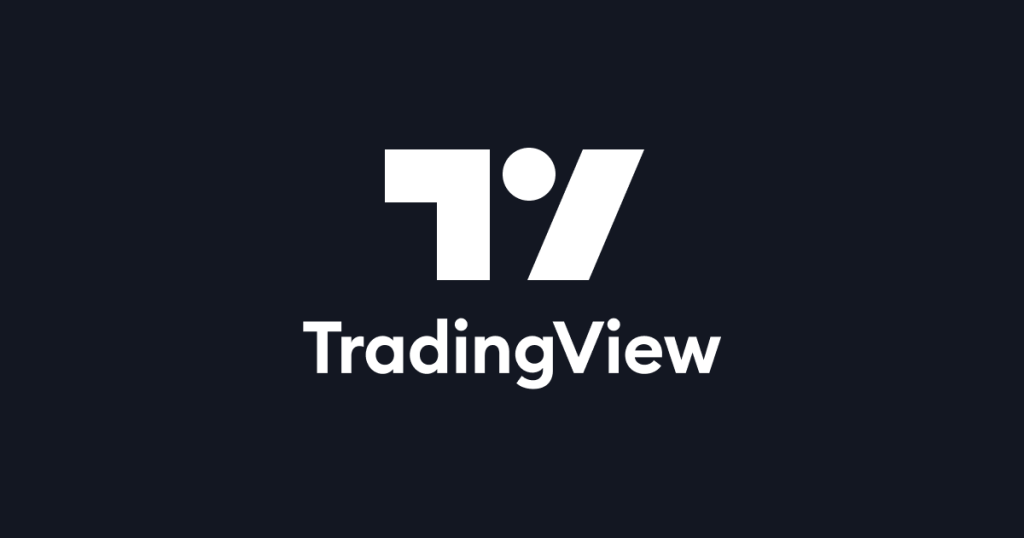Paper trading, often known as virtual, simulated, or demo trading, is a useful first step for you as a beginner trader trying to navigate the complex world of financial markets. It provides a risk-free learning environment where you can fine-tune your trading strategies, understand the market’s conditions, and acquire the required skills without risking real money.
Advantages of Paper Trading
1. Risk-free Practice
Demo trading offers you a number of advantages, one of which is the chance to practice without risk. You don’t have to worry about losing real money when experimenting with different methods or strategies and making simulated trades. This allows for a safe environment for learning where errors are turned into insightful lessons.
2. Understanding Market Dynamics
Virtual trading offers you a practical understanding of market dynamics. It helps you understand the complexities of price movements, market orders, trends, and market structure, and the impact of news on financial assets. This hands-on experience is critical for developing confidence and familiarity with the trading environment.
3. Developing Trading Strategies
Demo trading is a great way for you to practice and improve your trading strategies. It gives you an opportunity to evaluate the effectiveness of numerous tactics, fine-tune your methods, and determine what works best for your risk tolerance and financial objectives.
Paper Trading Platforms

Whether you’re a beginner or an experienced trader, there are a variety of trading platforms that offer simulated trading features. Popular choices include Investopedia’s Stock Simulator, TradingView, C Trader, and Thinkorswim. Each platform has unique qualities and user experiences, allowing you to choose the one that best meets your demands.
Features to Look For
When choosing a paper trading platform, look for features like real-time market data, market rewind functionality, an easy-to-use interface, and the capacity to demo trade many asset classes and instruments in different asset classes. Your goal is to duplicate the live trading experience as precisely as possible, resulting in a smooth transition to real capital.
Setting up a Paper Trading Account
To set up an account for paper trading, you only need to create an account and choose the paper trading option. Usually, the platform provides you with virtual funds to trade with right away. It is important for beginners to familiarize themselves with the features of the platform during this initial setup.
Navigating the Paper Trading Interface
After you’ve set up the demo trading interface you should be able to analyze price charts, technical indicators, and real-time data. As previously said, different platforms have distinct characteristics; some give you access to more market data than others. This understanding of market data can be applied to actual trading conditions.
Placing Simulated Trades
You can use paper trading platforms to practice managing virtual funds. This hands-on experience is going to familiarize you with the order placement procedure, which includes market orders, limit orders, and stop orders. Practicing these steps can help you gain confidence for future live trading.
Monitoring Portfolio Performance

As you execute demo trades, tracking your portfolio’s success becomes an important component of demo trading. You can keep track of gains and losses, evaluate the effectiveness of your strategy, and make informed decisions based on the simulated outcomes. This exercise prepares you for the dynamism of real markets.
Paper Trading vs. Live Trading
Paper trading contrasts significantly from actual trading in several ways. The absence of real financial risk in paper trading may have an impact on your psychological decision-making processes. You must be conscious of these differences and gradually adjust to the emotional demands of live trading.
Psychological Aspects
Demo trading allows you to practice dealing with the psychological components of trading, such as managing losses and being disciplined. However, the emotional impact may be less pronounced than in live trading, making it critical that you intentionally address and conquer these problems.
Transitioning from Paper to Live Trading
To make the move from paper to live trading smoothly, you must recognize the differences and adapt your perspective accordingly. When transitioning to live trading, it is best to start with minimal capital and apply what you’ve learned from paper trading while gradually increasing your exposure to real financial risk.
Common Mistakes to Avoid in Paper Trading
1. Overtrading
Overtrading is a common problem in paper trading, whereby you make too many trades without a clear strategy. Such behavior can produce distorted outcomes and fails to adequately reflect the discipline required in live trading. As a trader, prioritize quality over quantity.
2. Ignoring Risk Management
Demo trading is about more than just profit; it’s also about understanding and implementing risk management strategies. Ignoring risk management concepts during paper trading can result in unreasonable expectations and failures in live trading. Learn how to set stop-loss orders and manage risk effectively.

3. Emotional Detachment
While developing strategies through paper trading, emotional detachment can be a challenge for you. Without the real sting of losses, you may not experience the emotional rollercoaster that live trading frequently brings. Being aware of this and consciously practicing emotional resilience is critical for your long-term success.
Advanced Strategies for Paper Trading
1. Simulating Different Market Conditions
If you’ve made it this far, you’re now an advanced paper trader, you should utilize the platform to simulate different market scenarios. This includes high volatility, low liquidity, and many economic conditions. Such simulations allow you to see how your tactics work under various conditions, preparing you for real-world market dynamics.
2. Testing Complex Trading Strategies
Virtual trading provides a suitable environment for testing complex trading methods, such as algorithmic trading strategies. You can tweak and optimize your methods without risking financial loss. This continuous process of testing and refining is critical for establishing effective trading strategies.






Leave a Comment